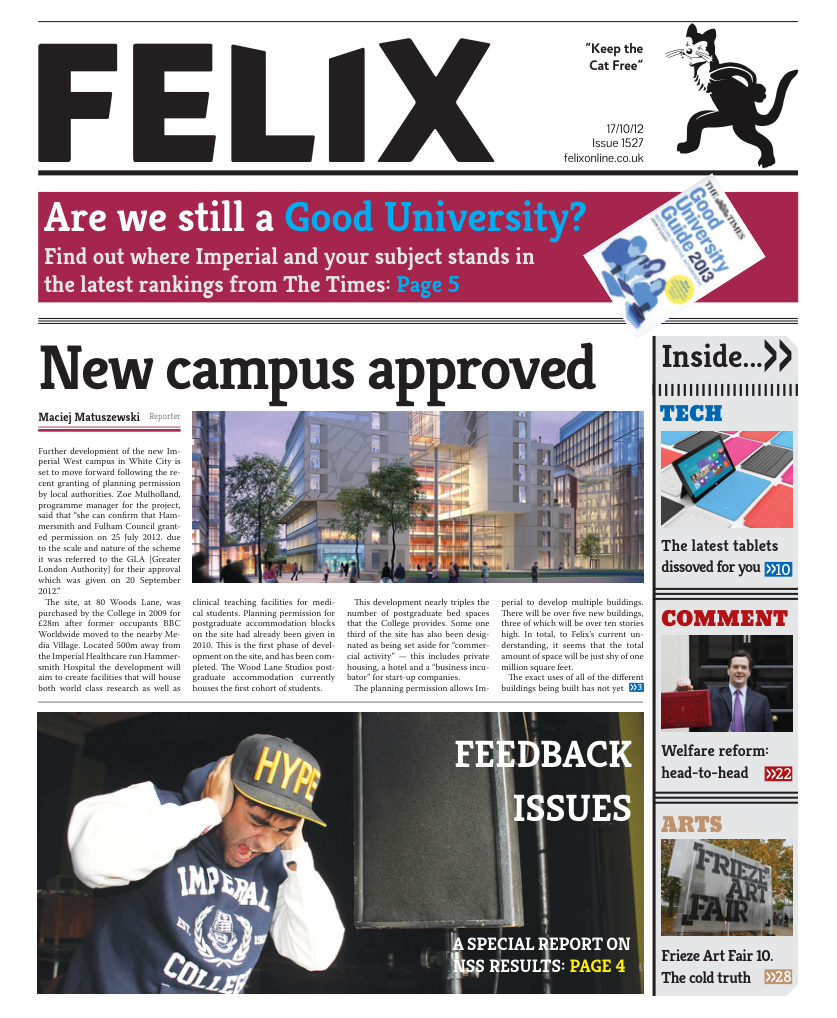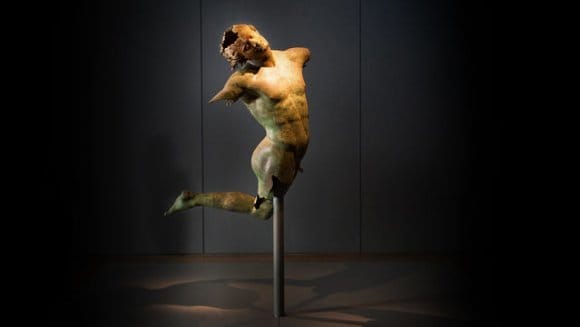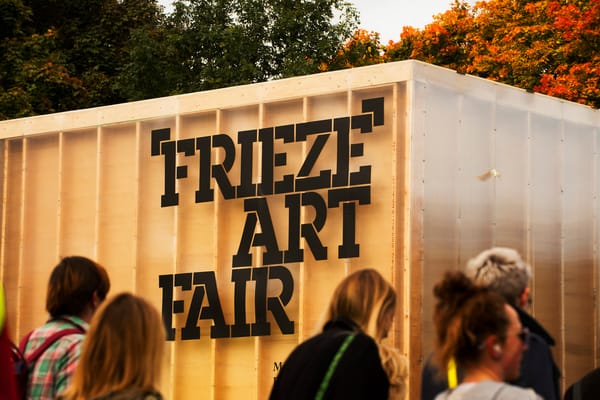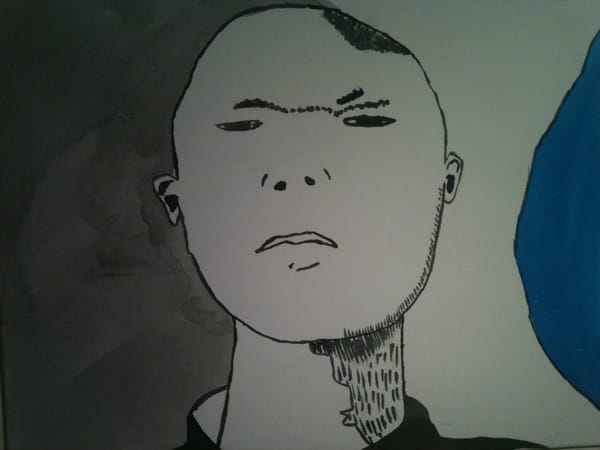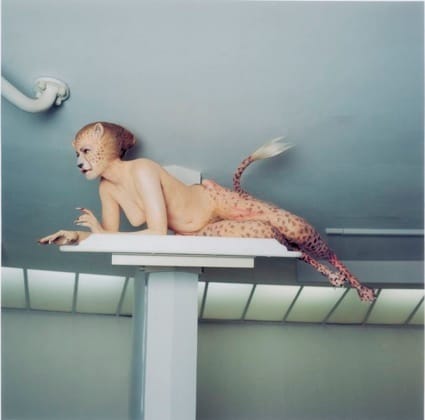Flicks on bricks
Emilie Beauchamp introduces you to an evening of cutting edge video art
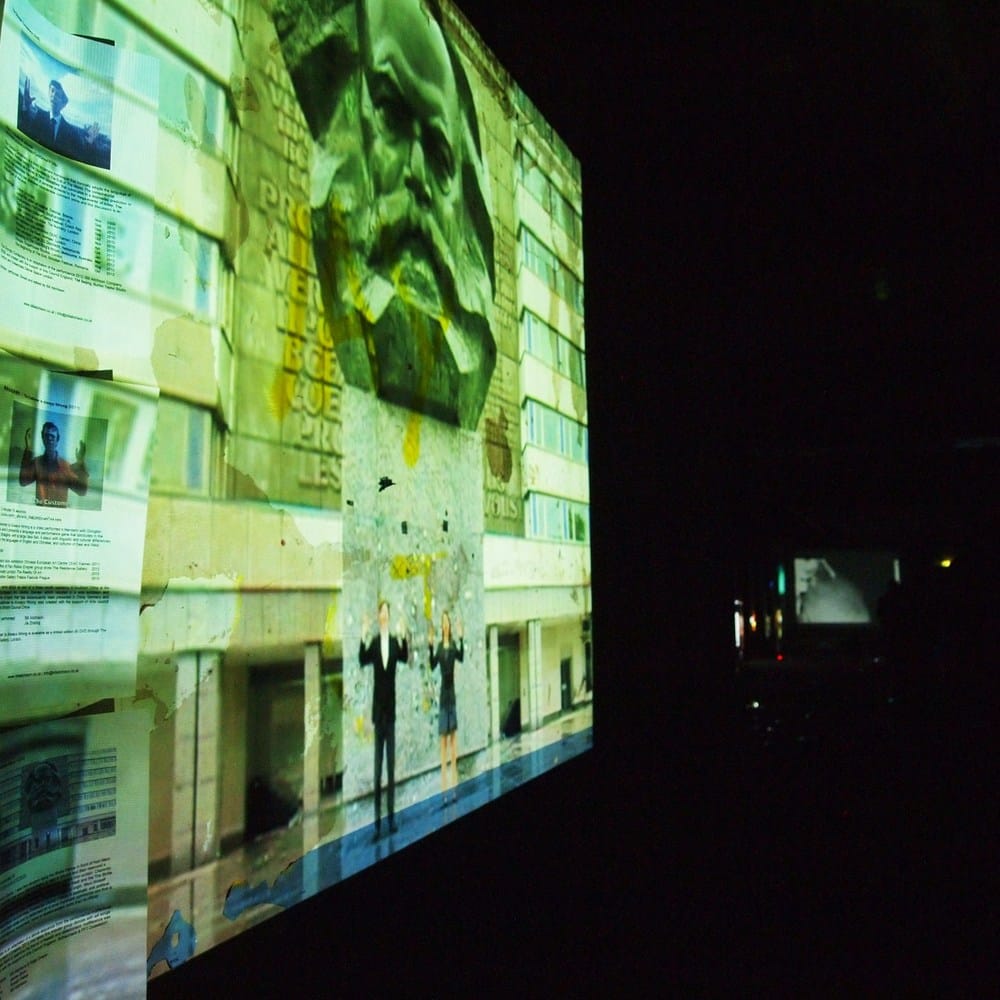
Last week from October 11th to 14th, the Bargehouse of Oxo Tower Wharf hosted the annual Moving Image fair, London’s only fair solely dedicated to moving image and contemporary video art. This meant four floors celebrating the video installations, projections and other forms of moving pictures of 35 artists from 15 different countries. With the easy access to digital technologies, video art is a still offbeat yet increasingly popular form of art – which should not be confused with experimental film!
One of the main events held as part of the Moving Image fair was the second session of Bring Your Own Beamer (BYOB), a presentation held on the opening night and organized by Clare Holden and João Laia. For this event, a mix of over 39 pieces was displayed in the attic of the Bargehouse; an opportunity opened to any interested video artists ready to bring their own materials, collaborate to set up an impromptu display and showcase their moving image performance for a free one-night exhibition.
Being appreciative yet not tremendously zealous for contemporary art, my expectations were to find a pell-mell of lights and sounds – even just a cacophony – because of the spontaneous way artists have to set up for the event. Yet I was surprised to find that everything ran quite effortlessly well together, as if it had been a long time planned. But in fact, artists had to turn up just a few hours ahead of the event, to set up anywhere in space of the attic, using any of its walls, floors, or ceiling. While there was a lot going on, it was far from being overwhelming; even feeling somehow more natural than our usual gallery spaces where hushes and stillness are almost de facto characteristics.
Growing from last year’s event, which brought together 8 artists, the presentation boasted a huge variety of pieces. That is one of the main points of interest in video art: the diversity of end results that can be delivered by playing with the several dimensions movement give to static 2-D images. While some installations focus on content or storyline, others centre on the delivery methods and the tricks video art is able to play on the audience. Some pieces were humoristic and veered towards a farcical approach: Charli Clark’s Moles Underground depicting a trio dressed up as moles exploring London’s undergound was most entertaining yet clearly highlighted the unnatural environment of the Tube. Other pieces were purely contemplative, such as Olga Koroleva’s purist play with milk bottles and Carole Villain’s aesthetic Standing Pythia.
There is no particular theme to BYOB, except one of giving the chance to artists to expose their work. The BYOB concept first emerged in New York in 2010 but has by now spread to more than 45 cities in the world to gather momentum in video artist communities. In fact I’ve learned that contemporary video art often finds it logistically and commercially hard to present pieces – mostly because of the space requirements. Unable to pigeon-hole video art because of the range of topics and styles it includes, the objective of the movement doesn’t fit with society’s traditional focus on purely contemplative art or highly informative expositions. It’s a shame, because video art might just be the best way to express, communicate and provoke in the fast-paced and overloaded 21st century. For those who missed last week’s event, take note that the Moving Image fair will be coming back next year around this time. In the meantime, you can track on Film London Artists’ Moving Image Network (www.flamin.filmlondon.org.uk) or LUX’s (www.lux.org.uk) websites for the latest video art exhibitions and events around in London.

